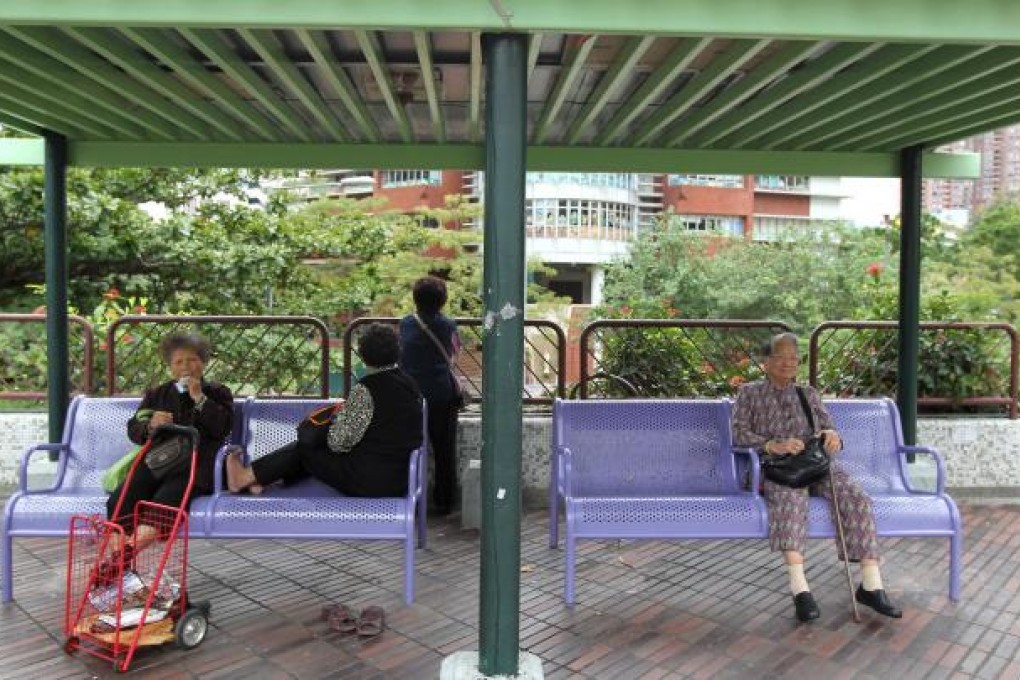Tsing Yi's history is a bridge to the past
Residents can still recall a time when Tsing Yi, now linked to the outside world by eight bridges, was accessible only by taking a rowing boat

With its well-developed transport hubs, public amenities and fresh air, many Hongkongers may see Tsing Yi as an ideal place in which to live and raise a family.
Sixty years ago, however, while the air would have been even fresher, transport was much less convenient: the only way off the island was a one-hour trip by rowing boat to Tsuen Wan.
"It was a neglected place back then," said Tang Kai, an 83-year-old who has lived on the island for more than six decades. "People paid 20 cents to go to Tsuen Wan by rowing boat… it took more than an hour… the current was strong. There were no powered boats until the 1960s."
Tsing Yi's name literally means "green clothes" but the island to the northwest of Hong Kong Island and south of Tsuen Wan - with occupancy dating back to the Ming dynasty (1368-1644) - actually got its name from a kind of fish once abundant in nearby waters.
With an area of about 11 sq km, the island is now home to about 200,000 people. It is connected by eight bridges all around the island, including the Tsing Ma Bridge, which has two decks and carries both road and rail traffic, making it the largest of its type.
